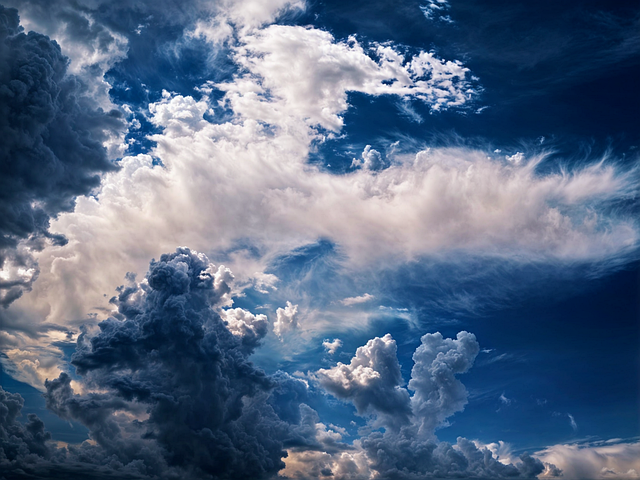Summer hosepipe bans in southern England will continue, despite recent heavy rainfall. Water companies have warned that reservoirs still need time to recover following the hottest summer on record. Thames Water reported that London’s reservoirs have fallen more rapidly in recent weeks and remain below levels required to protect supplies ahead of next summer. Current restrictions apply to customers in postcodes starting with OX, GL, SN, RG4, RG8 and RG9. Nevil Muncaster, strategic water resources director at Thames Water, said at least 70 per cent of the area’s average annual rainfall would be needed between now and spring to restore reservoir levels. He noted that much of the recent rain has been absorbed by the extremely dry ground and has had little effect on groundwater feeding the River Thames.
++ In Sri Lanka lies a vast royal-built lake where colossal beasts gather annually
Water wastage remains a significant concern. Thames Water loses an average of 146 litres per property each day due to leaking pipes, contributing to three billion litres of water wasted daily across England and Wales. Despite this, bills have risen by an average of £17 per month. The Environment Agency recently gave Thames Water its lowest environmental rating, following an increase in serious incidents from 14 in 2023 to 33 in 2024. In May, the company received a record £122.7m fine from Ofwat for breaches relating to sewage spills and shareholder payouts.
++ Pressure mounts on Prince Andrew as Sarah Ferguson secures London home
Meanwhile, Southern Water anticipates lifting restrictions in Hampshire and the Isle of Wight shortly, citing encouraging recovery in local rivers. Hosepipe bans remain enforceable, with fines of up to £1,000 for watering gardens, washing cars, or filling paddling pools, though businesses such as garden centres and car washes are exempt. The UK Centre for Ecology and Hydrology warns that groundwater levels in southern and eastern England remain low, and months of average or above-average rainfall are needed to improve the situation. London reservoirs were 68 per cent full by the end of September, below the usual level for this time of year, and forecasts predict a changeable mix of showers and longer spells of rain into November.





